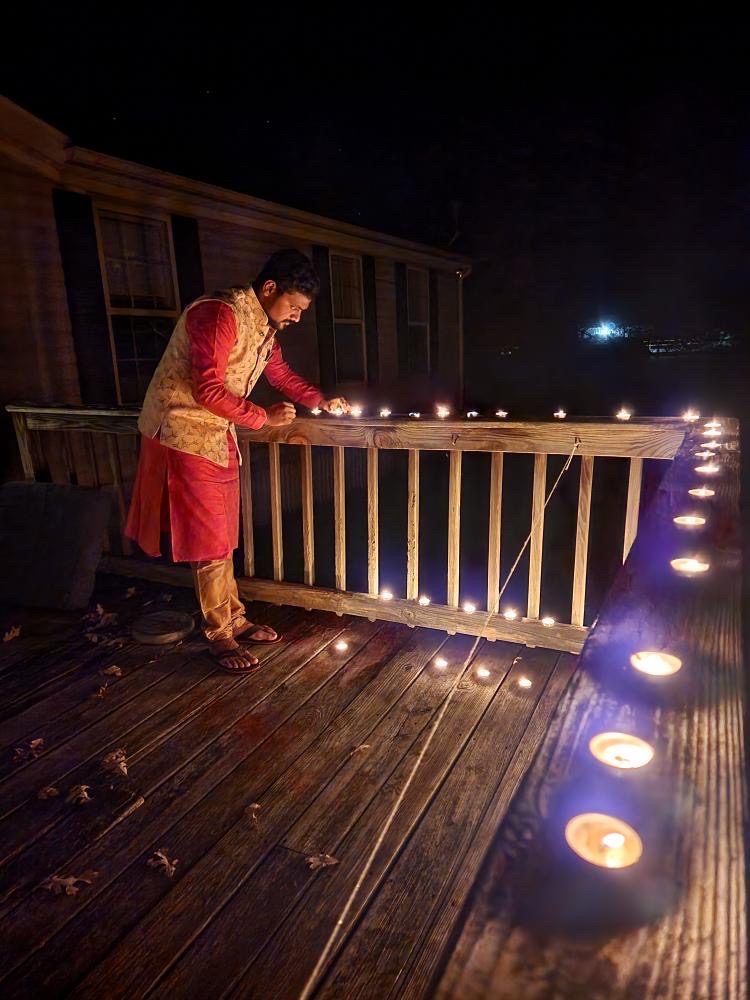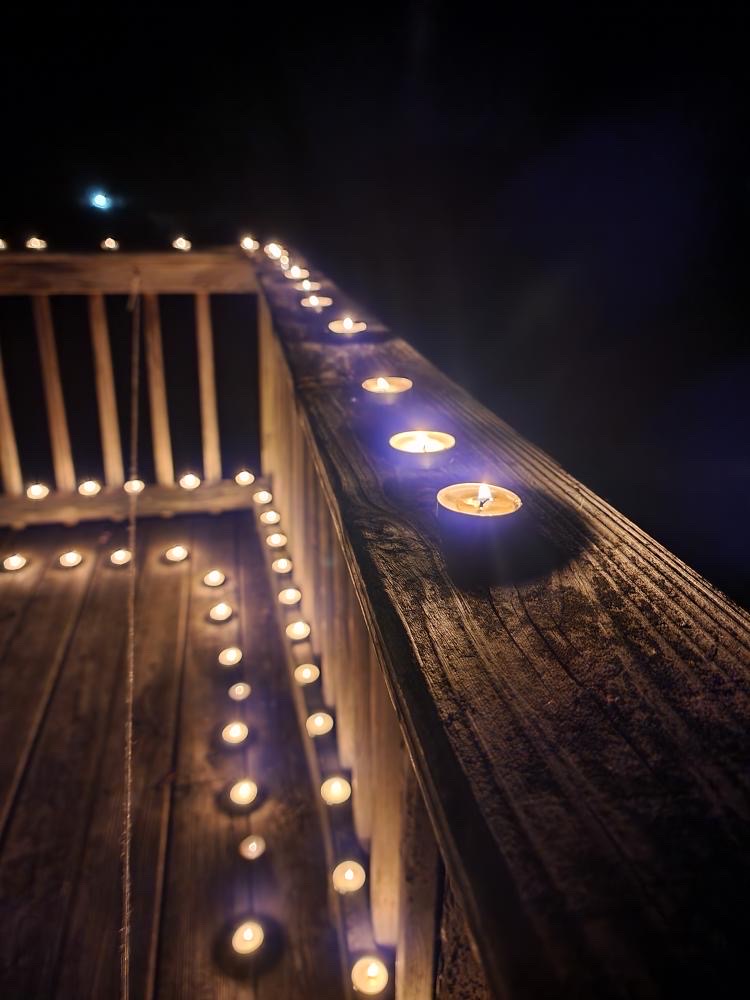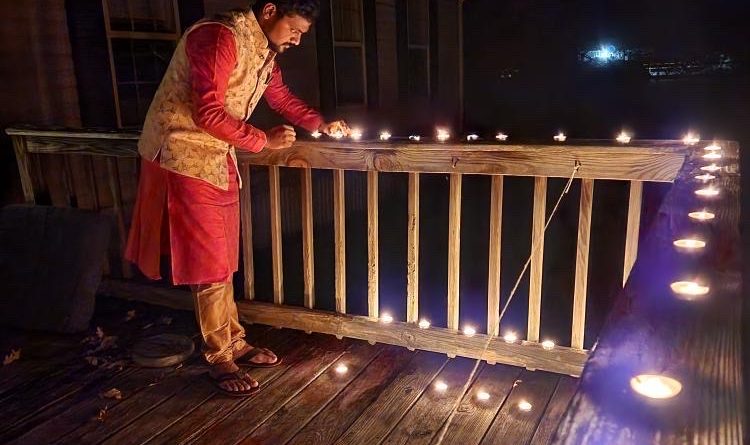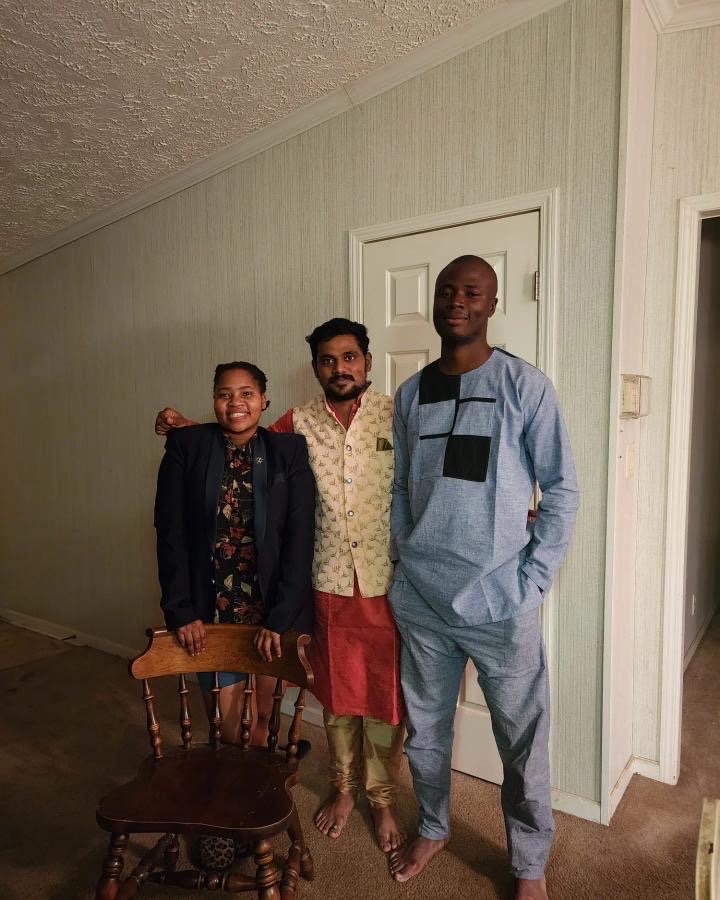Sharing the Diwali Celebration
So often, when we think about exchange programs, we think of traveling, immersing ourselves in a new culture, and exploring all that comes with this new way of life. Still, the true beauty of cultural exchange lies within the notion of embracing the culture around us in addition to sharing our customs and traditions, too. It is a two-way opportunity that allows us to open our eyes to the world, discover different viewpoints, and establish unity in our differences and similarities.
“The cross-cultural component of the exchange visitor program gives participants the opportunity to learn about U.S. society and culture outside of their placement; to share their own culture, traditions, and views with Americans; to help see the world from another perspective; to be more tolerant and respectful of differences, and to appreciate similarities that bring people together. These are the goals of people-to-people exchange and are the central reasons the Exchange Visitor Program exists.” [Office of Private Sector Exchange Bureau of Educational and Cultrual Affiars]
Horticulture trainee Sammed Chougule recently had a fantastic opportunity to share his culture and traditions by sharing the Diwali holiday with his fellow trainees and interns.
“Diwali is India’s biggest and most important holiday of the year,” Sammed shared. “It is also known as the Festival of Lights because this holiday signifies light prevailing over darkness or good prevailing over evil.
Diwali is typically celebrated by dressing in colorful traditional clothing, lighting the inside and outside of homes with rows of lamps or other lights, and fireworks. Sweets and desserts are called mithai, and Namkeens are a staple part of Diwali celebrations. Many treats are fried foods made from sugar, chickpea flour, and condensed milk.”
Sammed shared traditional Diwali foods, attire, stories, and traditions about the celebration with fellow trainees and interns. “It felt nice they (fellow interns and trainees from Zimbabwe, South Africa, and Ivory Coast) showed interest in the Diwali festival,” Sammed said.
Sammed is training at Fillmore Greenhouses in New York, where he is
gaining hands-on training in various aspects of greenhouse production, including vegetative propagation, pest and disease identification, plant care, planting, harvest analysis, quality control, and shipping.
If you are interested in a cultural exchange experience, visit our website www.caep.org to apply!




